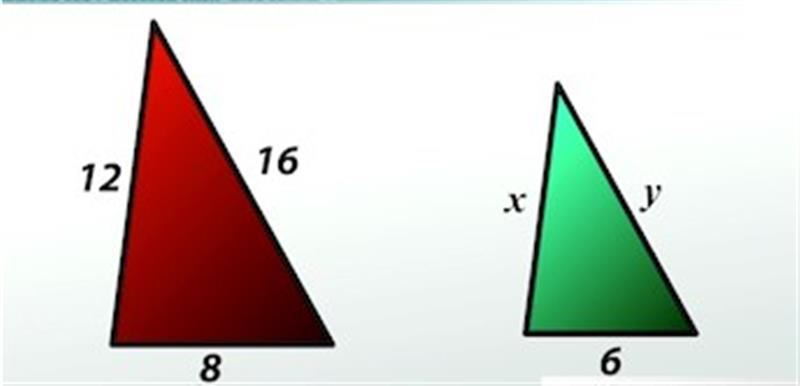Comparing Shapes
Triangles, rectangles, parallelograms... geometric figures come in all kinds of shapes. This diversity of figures is all around us and is very important. For example, making stop signs octagons and yield signs triangles helps us to differentiate them from a distance.
Figures of the same shape also come in all kinds of sizes. The debit card in your wallet and the billboard on the interstate are both rectangles, but they're definitely not the same size. If they were, you'd either never be able to read that billboard, or your wallet would need to be a really inconvenient size.
When we study figures, comparing their shapes, sizes and angles, we can learn interesting things about them. So, let's get to it!
Congruent Shapes
Sometimes the easiest shapes to compare are those that are identical, or congruent. Congruent shapes are figures with the same size and shape. You could also think of a pair of cars, where each is the same make and model. They're alike in every way. Well, until one gets awesomely tricked out.
For a more geometry-based example of congruency, look at these two rectangles:
These two rectangles are congruent.
We can see that both figures have the same lengths and widths. Next, look at these hexagons:
Practice with Similar Shapes
Let's try practicing with a few similar shapes. Here are two similar rectangles:
Images for practice example 1
Can you figure out x? You just need to set up a simple equation: 3/6 = 7/x. Cross multiply: 3x = 42. x = 14. We did it!
Here's a pair of triangles:
kkk
